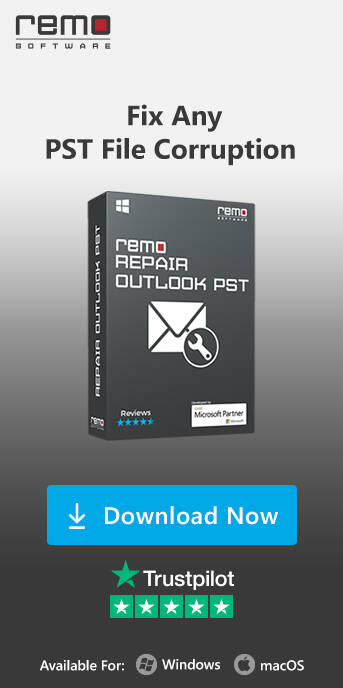The Microsoft Exchange server is an application developed by Microsoft which resembles the server side of client-server functionalities. The major features of the Exchange server include electronic mail, contacts, tasks, calendaring, browser-based access to data, wireless synchronization of email, and contacts with mobile devices and it also supports data storage.
Clustering:
Exchange Server supports clustering up to 4 nodes for Windows 2000 Server and for Windows Server 2003 Enterprise Edition, it is up to 8 nodes. For two-node clusters, Exchange Server 2003 introduced the active-active clustering method. In the active-active process, both servers in the cluster will be active simultaneously.
Features:
- Protection: Exchange server protects data by functioning as a anti-virus, anti-spam, clustering, data replication, compliance, security and encryption.
- Unified Messaging: This feature lets you to receive e-mail, voice mail and faxes from their email accounts. It allows you to access your mails even from cell phones and wireless devices.
- Exchange Management Shell: It has a new command-line shell and scripting language for system administration. Even shell users can perform all the tasks which are performed by exchange server graphical user interface including additional tasks which are complex. We can save them, share and can be re-used. There are 375 unique commands of Exchange Management Shell to manage features of Microsoft Exchange Server.
- Configure Outlook: To provide external access to Microsoft Exchange Server, we can configure Outlook anywhere.
Microsoft Exchange Server can be taken as a hosted service from different service providers available. Some of the other Microsoft servers available are mentioned below:
- BizTalk Server
- Commerce Server
- Forefront
- Host Integration Server
- Identity Integration Server
- SQL Server
- Speech Server
- Virtual Server
- Windows Server
Related Information
Windows Server 2003 is basically used as a data management server to share files among different users. There are many chances for data loss stored on the Windows Server 2003 Operating System due to power fluctuations, OS crashes, file system corruption, formatting, re-formatting, etc. It is better to have a backup copy of the entire data stored in the OS. If you have not created a backup file, then you can recover files easily from Windows Server 2003 using the best recovery software like Remo Recover.
How to recover a deleted folder in Outlook?
Microsoft Outlook helps us to send emails from one place to another quickly and easily. Outlook has many attributes in it like contacts, tasks, calendars, etc. Sometimes these Outlook folders may be deleted accidentally and corrupted due to viruses, in such cases, your data stored in it is lost completely. To restore data which is deleted in Outlook, you can make use of Remo Recover.
How to recover an Outlook 2000 pst file damaged due to 2gb size limit?
Outlook stores its entire data like emails, contacts, tasks, alerts, etc in a single file called PST(personal storage Table). There is a certain limit for the PST files in different versions of Outlook, for Outlook 2000, the limit for PST files is 2 GB. If data stored in Outlook exceeds the PST file size limit i.e. 2 GB then the file gets corrupted and Outlook won't function properly. Remo Recover helps us to come out of such a scenario and to restore Outlook data safely.
